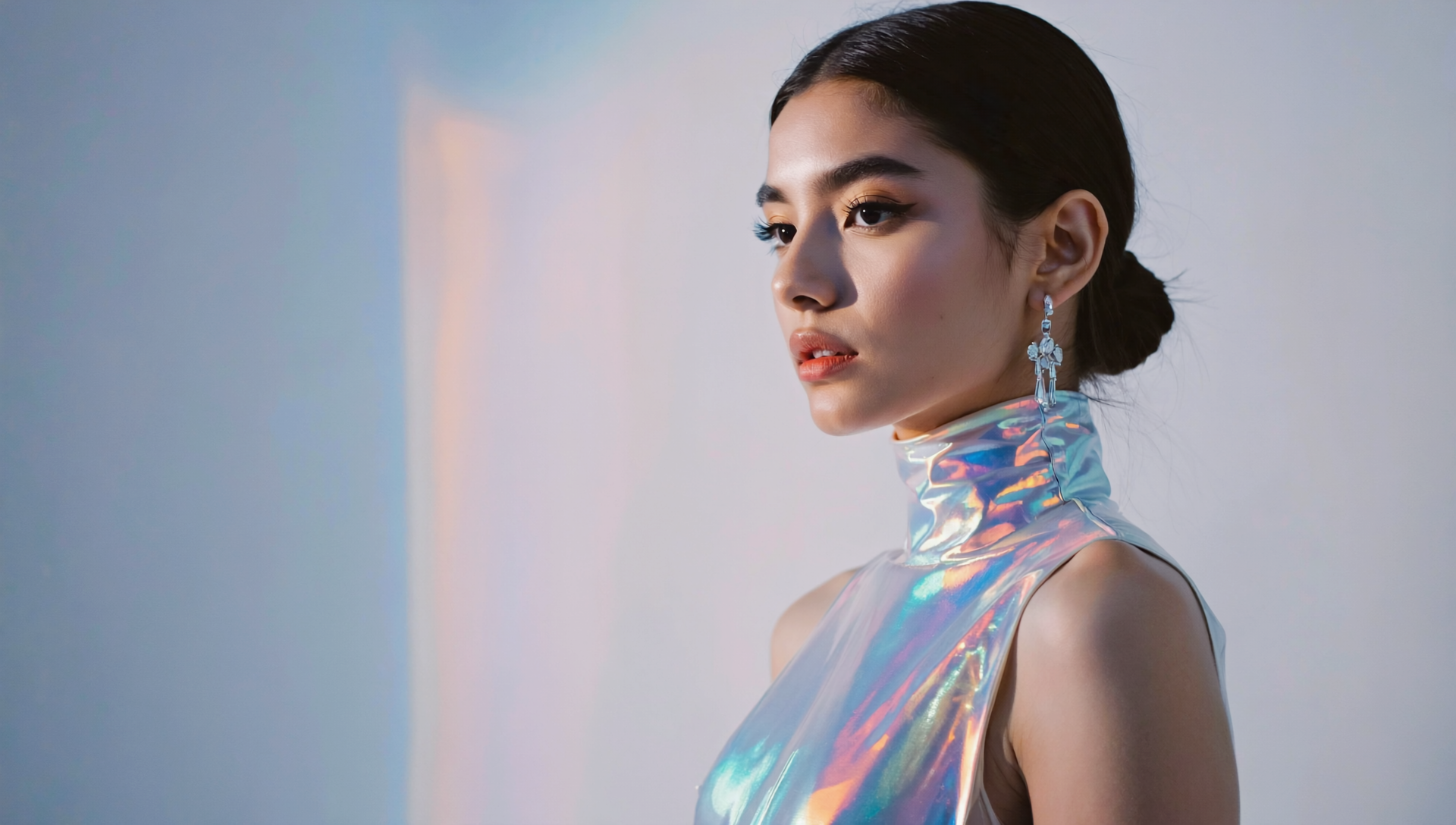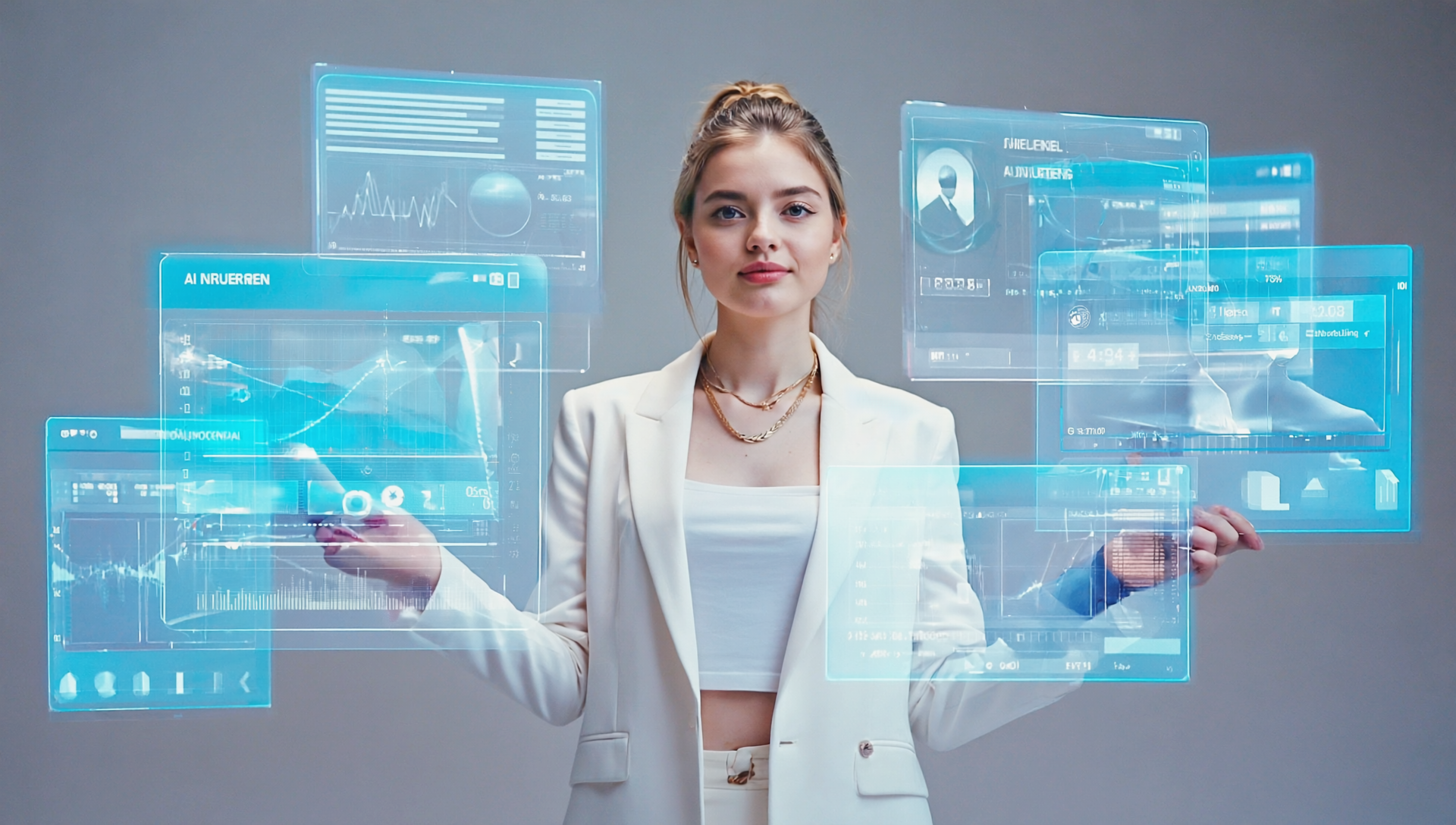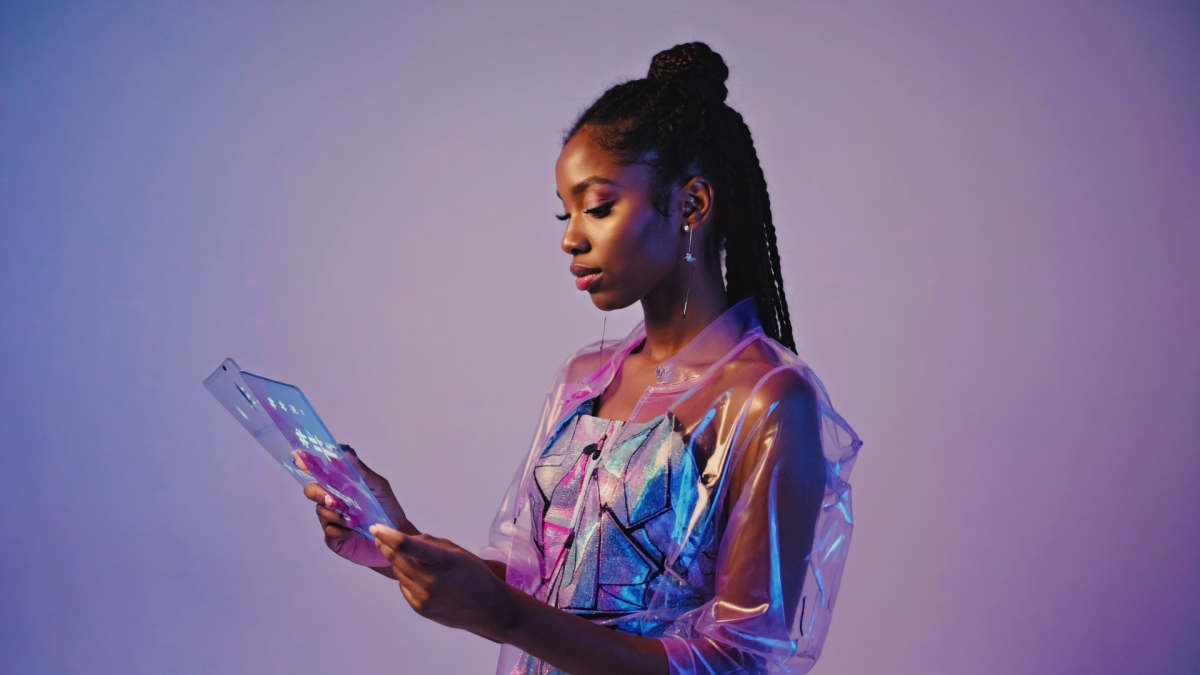
Social media is constantly evolving, and one of the most intriguing trends is the emergence of AI influencers. These computer-generated personalities are becoming prominent figures online, collaborating with major brands and amassing large followings.
But are they simply a short-lived novelty, or do they represent the future of marketing and entertainment? What ethical dilemmas arise from their use? And how might they shape the digital landscape moving forward?
In this article, the experts at AI Companion platform Lovescape – explore this difference and what sets AI Influencers apart today, and the impact they can have in future.
Table of Contents
What Are AI Influencers?
AI influencers, also known as virtual influencers, are digital characters designed to emulate human behavior and appearance. Using advanced technologies like CGI, machine learning, and algorithms, these virtual figures create engaging content, interact with followers, and partner with brands for marketing campaigns.
Unlike human influencers, these digital personalities don’t age or make mistakes, offering a flawless and consistent presence. Their reliability and scalability make them particularly appealing to brands looking for innovative ways to connect with audiences.
From luxury fashion collaborations to tech product promotions, AI influencers are transforming the influencer economy by blending creativity with technological advancements.
Why Are They Becoming So Popular?
The popularity of AI influencers stems from their ability to tap into psychological triggers that resonate deeply with audiences:
- Flawless Perfection: These virtual figures are free from imperfections, presenting an aspirational image that captivates followers.
- Fantasy Meets Relatability: While they embody perfection, they are often designed to feel approachable and engaging, creating a blend of escapism and familiarity.
- Innovation Appeal: As symbols of technological progress, they satisfy curiosity about the future while offering something fresh and intriguing.
- Parasocial Connections: Like celebrities or human influencers, these digital personalities foster emotional bonds through consistent content that makes followers feel connected.
Are AI Influencers The Same As AI Companions?
The rise of artificial intelligence has introduced various platforms with distinct purposes—AI influencers and AI companions being two notable examples. While both utilize advanced technology, their roles differ significantly.
AI influencers focus on public engagement through social media platforms. They collaborate with brands to promote products and trends while captivating large audiences with visually stunning content created using CGI and machine learning. Their primary goal is to influence consumer behavior and shape cultural conversations.

On the other hand, AI companions are designed for more private interactions. They provide personalized emotional support or practical assistance tailored to individual needs. Rather than influencing trends or promoting products, these platforms prioritize empathy over influence by building one-on-one relationships with users through customizable AI characters or pre-designed profiles.
Why Are Brands Turning To AI Influencers?
In a crowded influencer market, virtual personalities offer brands several distinct advantages over their human counterparts:
- More Consistency: Digital figures never face scandals or off days; their messaging is always on-brand and controlled.
- Cost Effective: While creating them requires an initial investment, they eliminate costs like travel expenses or stylist fees associated with human influencers.
- Completely Customizable: These personas can be tailored for specific campaigns or cultural contexts, making them versatile for global markets.
- 24/7 Global Reach: Operating without time zone constraints allows them to engage audiences worldwide at any time.
It’s not hard to see why brands might leverage AI technology to reach audiences. From fashion campaigns to product launches, brands are increasingly leveraging these AI-driven figures for innovative marketing strategies.
How Do They Work?
Although they can appear pretty independent, AI influencers rely on significant human oversight behind the scenes. Creative teams manage every aspect of their presence—from crafting posts to responding to comments—using a combination of advanced technologies:
- Visual Design: CGI and 3D modeling software bring these characters to life with intricate details like facial expressions and wardrobe textures.
- AI-Powered Interaction: Algorithms enable them to generate text-based responses that mimic human conversation.
- Voice Technology: Some have AI-generated voices for narrating videos or engaging in live streams.
- Content Strategy: Teams plan posts and collaborations much like they would for human creators.
While not yet fully autonomous, advancements in artificial intelligence could soon enable these digital personalities greater independence in creating content and making decisions.
Ethical Concerns Surrounding AI Influencers
Despite their growing popularity, ethical questions remain about these digital creations:
- Transparency: Should audiences be informed that these figures aren’t real? Many followers feel deceived when this isn’t disclosed.
- Authenticity: Can a digital creation truly replicate genuine emotions or lived experiences?
- Accountability: Who is responsible if misinformation or harmful products are promoted by an AI influencer?
- Impact on Jobs: As virtual figures gain traction, will human creators face reduced opportunities?
These concerns highlight the need for clear guidelines as this technology evolves.
Will Virtual Figures Replace Human Creators?
While digital personalities offer consistency and scalability unmatched by humans, they lack authenticity and emotional depth derived from real experiences.
Human creators excel at sharing personal stories, participating in live events, and bringing unique perspectives—all qualities that virtual influencers cannot replicate. Rather than replacing humans entirely, these digital creations are likely to complement them in a hybrid industry where both coexist harmoniously.
A New Era of Influence
AI influencers represent more than just technological innovation—they symbolize a shift in how we connect online. By blending creativity with advanced tools, they’re reshaping the creator economy while challenging our perceptions of authenticity.
As we move forward into this new era of influence, one thing is clear: the future isn’t about choosing between humans or machines—it’s about finding ways for both to thrive together.
Whether you’re intrigued by their potential or skeptical about their impact, there’s no denying that these digital personalities are here to stay—and they’re only getting started.

